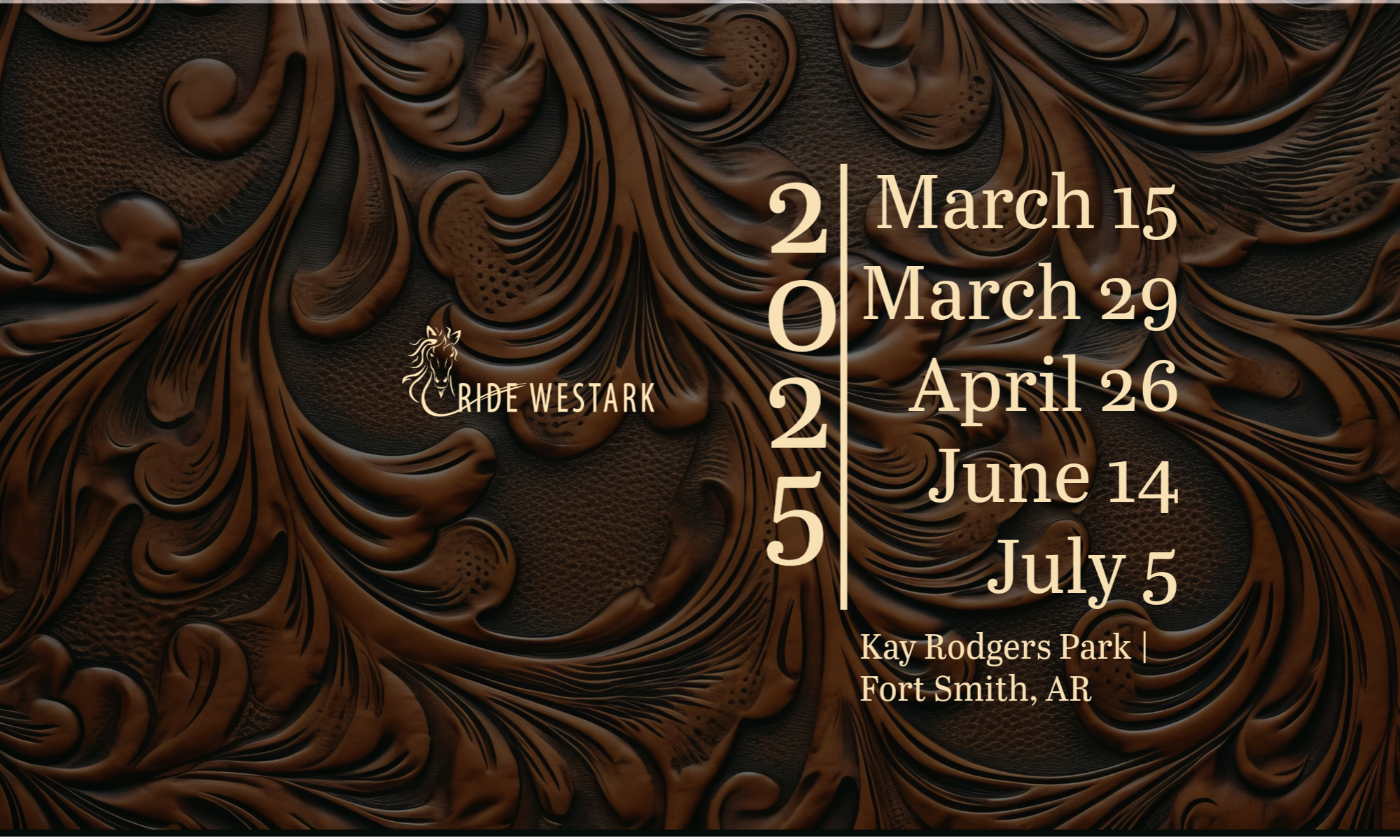Ranch Riding
Note: In 2015, AQHA adopted the term ‘Ranch Riding’ to replace the term ‘Ranch Pleasure’.
The purpose of the Ranch Riding horse should reflect the versatility, attitude, and movement of a working horse. The horse’s performance should simulate a horse riding outside the confines of an arena and that of a working ranch horse. This class should show the horse’s ability to work at a forward, working speed while under control by the rider.
Light contact should be rewarded and horse shall not be shown on a full drape of reins. The overall manners and responsiveness of the horse while performing the maneuver requirements and the horse’s quality of movement are the primary considerations.
- Horses three years of age and older
- Each horse will work individually.
The required maneuvers are:
-
- Walk, trot, and lope both directions
- Extended trot and extended lope at least one direction
- Stops
- Back
Three optional maneuvers may include:
-
- Side pass
- Turns of 360 degrees or more
- Change of lead (simple or flying)
- Walk, trot, or lope over a pole(s)
- Some reasonable combination of maneuvers that would be reasonable for a ranch horse to perform.
Any pattern may be used as long as the required maneuvers and the three (or more) optional maneuvers are included, it is recommended to not have the stop following an extended lope.
The overall cadence and performance of the gaits in Ranch Riding should be as those described below, with an emphasis on forward movement, free-flowing, and ground covering for all gaits. Transitions should be performed where designated, with smoothness and responsiveness.
In all gaits, movement of the ranch riding horse should simulate a horse needing to cover long distances, softly and quietly, like that of a working ranch horse.
The following terminology shall apply to gaits:
-
- Walk-The walk is a natural, flat footed, four-beat gait. The gait is rhythmic and ground-covering. As in all gaits, the horse should display a level, or slightly above level topline with a bright, attentive expression.
- Trot- The trot is a natural two-beat gait demonstrating more forward motion than the western jog.
- Extended Trot- The extended trot is an obvious lengthening of the stride with a definite increase in pace. The horse should be moving in a manner as if it were covering a large area on a ranch with an above level topline.
- Lope- The lope is a three-beat gait The lope should be relaxed and smooth with a natural, forward moving stride.
- Extended Lope- The extended lope is not a run or a race but should be an obvious lengthening of the stride, demonstrating a forward, working speed. The horse should display an above level topline with a bright, attentive expression.
No time limit
Posting at the extended trot is acceptable.
Touching or holding the saddle horn is acceptable.
No hoof polish. No braided or banded manes or tail extensions.
Trimming inside ears is discouraged.
Trimming bridle path is allowed, also trimming of fetlocks or excessive (long) facial hair.
Equipment with silver should not count over a good working outfit. Silver on bridles and saddles is discouraged.
It is suggested competitors use a breast collar and a rear cinch.
Scoring will be on the basis of 0 to 100, with 70 denoting an average performance.
